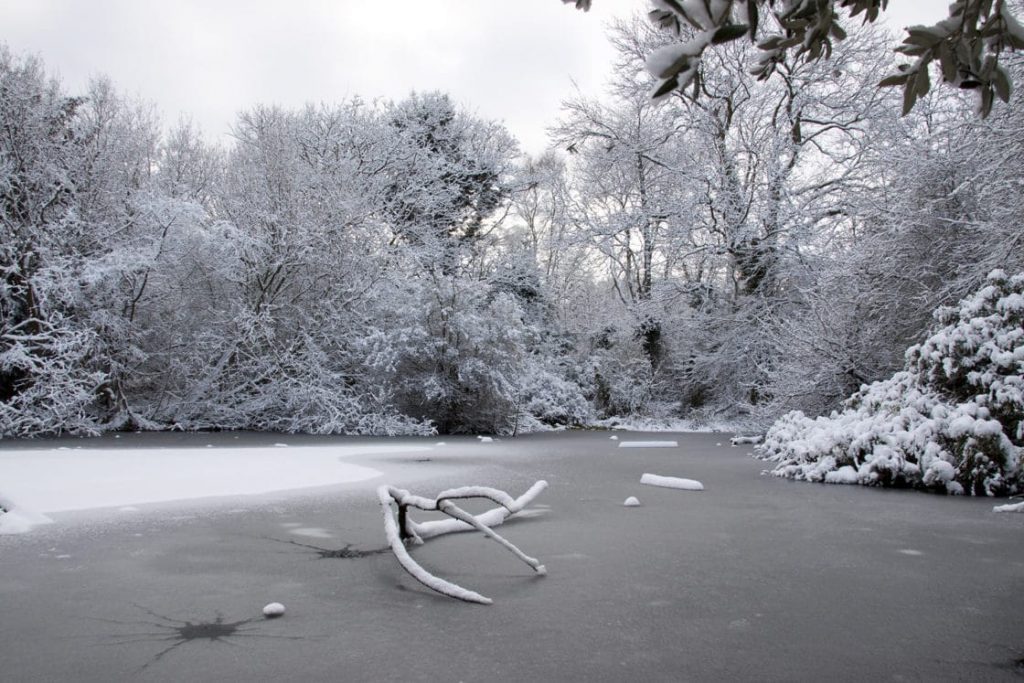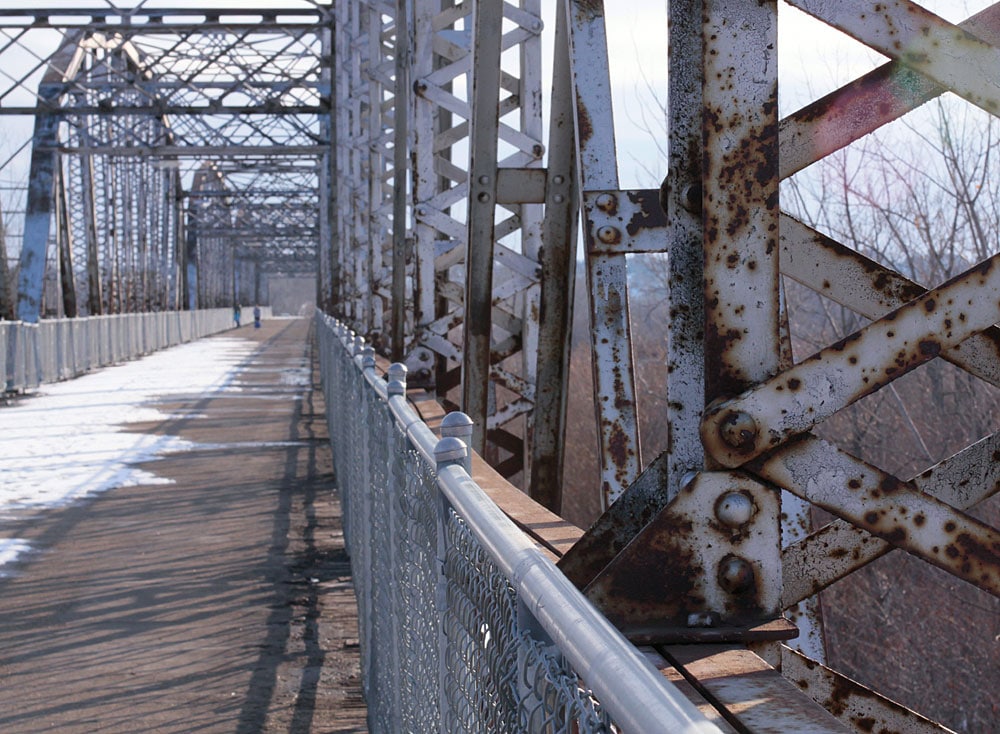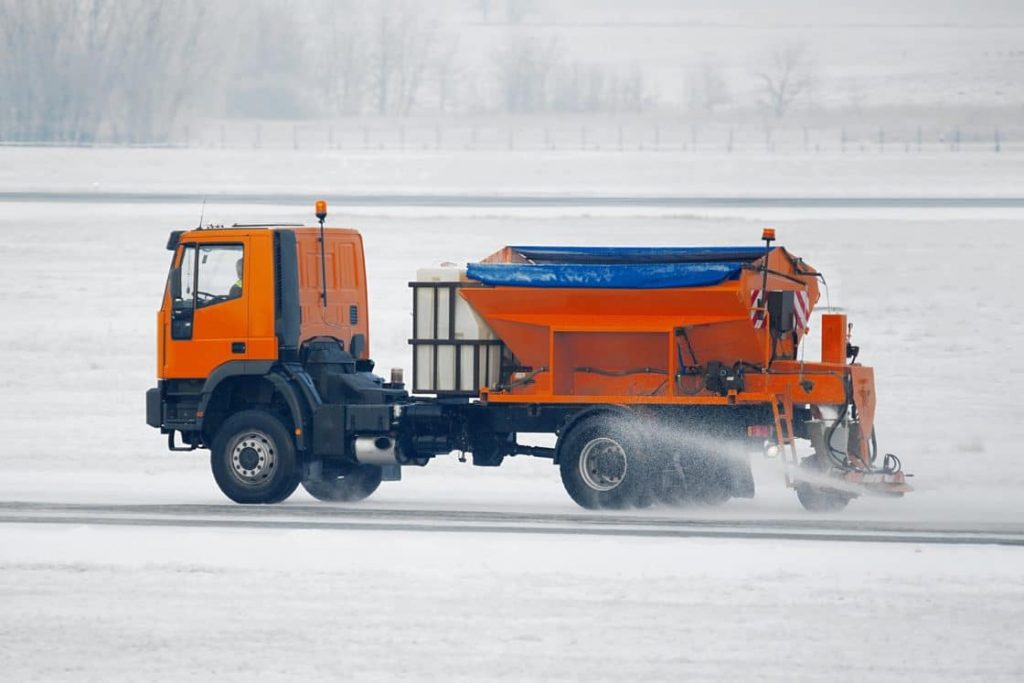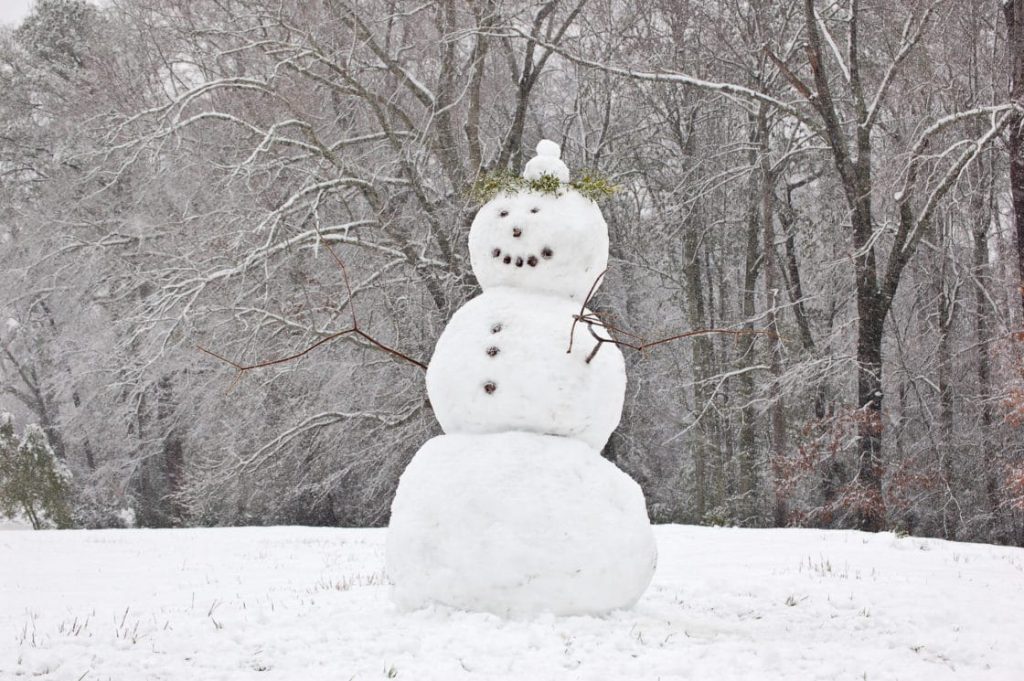Winter is fully upon us, and with it comes frigid temperatures, blustery winds, and, of course, snow. While snow brings fun to northern climates, such as ski trips, snowmen, and peppermint lattes, it also brings a toxic and dangerous contaminant: road salt. Road salt is the primary agent used for roadway de-icing, as it is both effective and inexpensive. However, it wreaks havoc on many aspects of our ecosystem, and it is imperative that we thoughtfully examine how we can protect our natural resources while still maintaining safe roadways.
What Is It?
Let’s start by looking at what road salt really is. Road salt is composed primarily of sodium (Na) and chloride (Cl); however, up to 5% of its composition is made up of ferrocyanide, an anti-caking agent that has been on the EPA’s list of toxic pollutants under the Clean Water Act since 2003, and other impurities such as calcium, potassium, iron, magnesium, aluminum, lead, phosphorus, manganese, copper, zinc, nickel, chromium, and cadmium. All of these components end up in our environment through runoff, melting, and vehicle splash, and have a profound impact on many aspects of our environment.
Water Quality
 NaCl contamination causes water to have a higher density, and this denser water settles at the bottom of lakes and ponds, preventing oxygen from the top of the water from reaching the bottom. The bottom layer of the water is then unable to support aquatic life due to its oxygen void. Road salt contamination also adversely affects the food supply, health, and reproductive capabilities of aquatic life, disrupting aquatic ecosystems.
NaCl contamination causes water to have a higher density, and this denser water settles at the bottom of lakes and ponds, preventing oxygen from the top of the water from reaching the bottom. The bottom layer of the water is then unable to support aquatic life due to its oxygen void. Road salt contamination also adversely affects the food supply, health, and reproductive capabilities of aquatic life, disrupting aquatic ecosystems.
In addition, water contaminated with chloride is not easily treated, as only costly processes such as reverse osmosis, ion exchange, and distillation remove it. Sodium in drinking water is monitored due to health concerns in individuals restricted to low-sodium diets, and, because well contamination is often due to road salt runoff, treatment of contaminated private water supplies falls squarely on the shoulders of the Department of Transportation — an expensive responsibility. Due to the alarming increase in road salt usage over the past several years, contaminated water supplies are increasing dramatically.
Animal Life
 Ingested road salt can adversely affect the health of your pets. According to the ASPCA’s website, road salt ingestion, through drinking contaminated puddles, licking paws, or by eating it directly, can cause a myriad of health issues for your pet, from vomiting and diarrhea to seizure and death. In addition, road salt damages the pads of your pets’ feet, making them crack and bleed.
Ingested road salt can adversely affect the health of your pets. According to the ASPCA’s website, road salt ingestion, through drinking contaminated puddles, licking paws, or by eating it directly, can cause a myriad of health issues for your pet, from vomiting and diarrhea to seizure and death. In addition, road salt damages the pads of your pets’ feet, making them crack and bleed.
The wildlife population most negatively affected by road salt is birds. Birds eat the salt crystals directly, thinking they are seeds, and they only need to ingest a tiny amount of salt to cause toxosis and death. Also, through its destruction of vegetation, road salt causes depletion of food sources, habitats, and nesting sites for all wildlife. Aquatic populations are also susceptible to road salt contamination, particularly to the anti-caking agent ferrocyanide, which is lethal to fish species.
Plant Life
Road salt damages both aquatic and terrestrial plants by inhibiting nutrient absorption, germination, and flowering, and by causing root damage and dehydration. In fact, NaCl is a registered herbicide due to its toxicity to plants. Plants along roadways act as a protective barrier between pollutants and waters, and destruction of this natural buffer increases water pollution. Road salt also disrupts aquatic ecosystems by eliminating habitats and food supplies and by increasing the prevalence of nuisance algal populations.
Soil
Road salt negatively changes soil chemistry by reducing soil’s pH, decreasing permeability and absorption rates, damaging fertility, and killing beneficial bacteria. Affected soil also erodes at a quicker rate.
Infrastructure
 Salt corrodes. We notice it mainly on our cars, but it also affects infrastructure such as bridges, support rods, and parking garages. Corrosion poses danger to the public due to compromised structural integrity of bridges and other supported roadways, and it also costs billions of dollars per year in corrosion control and repair costs.
Salt corrodes. We notice it mainly on our cars, but it also affects infrastructure such as bridges, support rods, and parking garages. Corrosion poses danger to the public due to compromised structural integrity of bridges and other supported roadways, and it also costs billions of dollars per year in corrosion control and repair costs.
What We Can Do
The best plan of action is to reduce the amount of salt we are using on our nation’s roadways. And this task is certainly feasible. For example, through the Central Massachusetts Regional Stormwater Coalition (CMRSWC), Tata & Howard developed a process providing a roadway treatment calibration approach that maintains safe conditions while reducing chloride loading to surface waters:
 Review and evaluate the types of materials used for roadway treatment on local roadways
Review and evaluate the types of materials used for roadway treatment on local roadways- Calculate the total loading rate of chloride (in pounds of chloride per lane-mile) presently applied
- Compare the calculated loading rates to the range of rates documented in literature
- If a community’s current chloride loading rates are statistically higher than documented values, determine if that community may benefit from efforts to alter their current practices
- Recommend a phased approach to achieve the potential reduced loading rate
- Perform calibration procedures on equipment to deliver reduced chloride loading rates
By performing these steps, CMRSWC communities have significantly lowered their road salt load, resulting in decreased municipality spending and increased environmental protection, all while maintaining safe roadways.
Conclusion
Road salt is certainly necessary, as it remains the best and most cost-effective defense against slippery, dangerous roadways. However, more care and training need to go into salt application. With combined efforts from municipalities, contractors, and engineers, we can drastically reduce the negative impact of road salt on our environment — and still make it to work on time.

